8/11/2015 11:00 PM
Hi dear reader. As you can probably see this is my first project on Hackaday, so I am still finding my way around. There is a lot I could write about for this project and would welcome some guidance in the comment section of what areas you would be interest to read. Here are some examples of what I could write about:
- The origin of the idea for OSHChip, and how it has evolved from 11/4/2014 till now
- The goals and tradeoffs for OSHChip V1.0
- The design of OSHChip V1.0
- Building the first prototype
- Performance related information
- The 4 different software environments that I would like to support
- The programming hardware and software OSHChip_CMSIS_DAP_V1.0
- The first "mini production build" of OSHChip V1.0 and OSHChip_CMSIS_DAP_V1.0
- Thinking about the web site www.oshchip.com
- Thinking about Tindie
- Thinking about Kickstarter
- Detailed schematics and Bill Of Materials
- How to figure out the price
- How to predict production batch size
- Looking for people that would like to join the project and contribute
- For the web site
- For a forum
- Derivative devices
- "Companions" (the name given to add-on boards , like shields or capes)
- Brainstorming
- Tutorials
- Example designs
- The OSHChip library
- Building a community
- Chip to smart phone communications
- Chip to Chip communications
- 3D printed shells, diferent styles, colors, and maybe cute "Hood Ornaments" for your chips.
- Please suggest additions to this list.
 Philip
Philip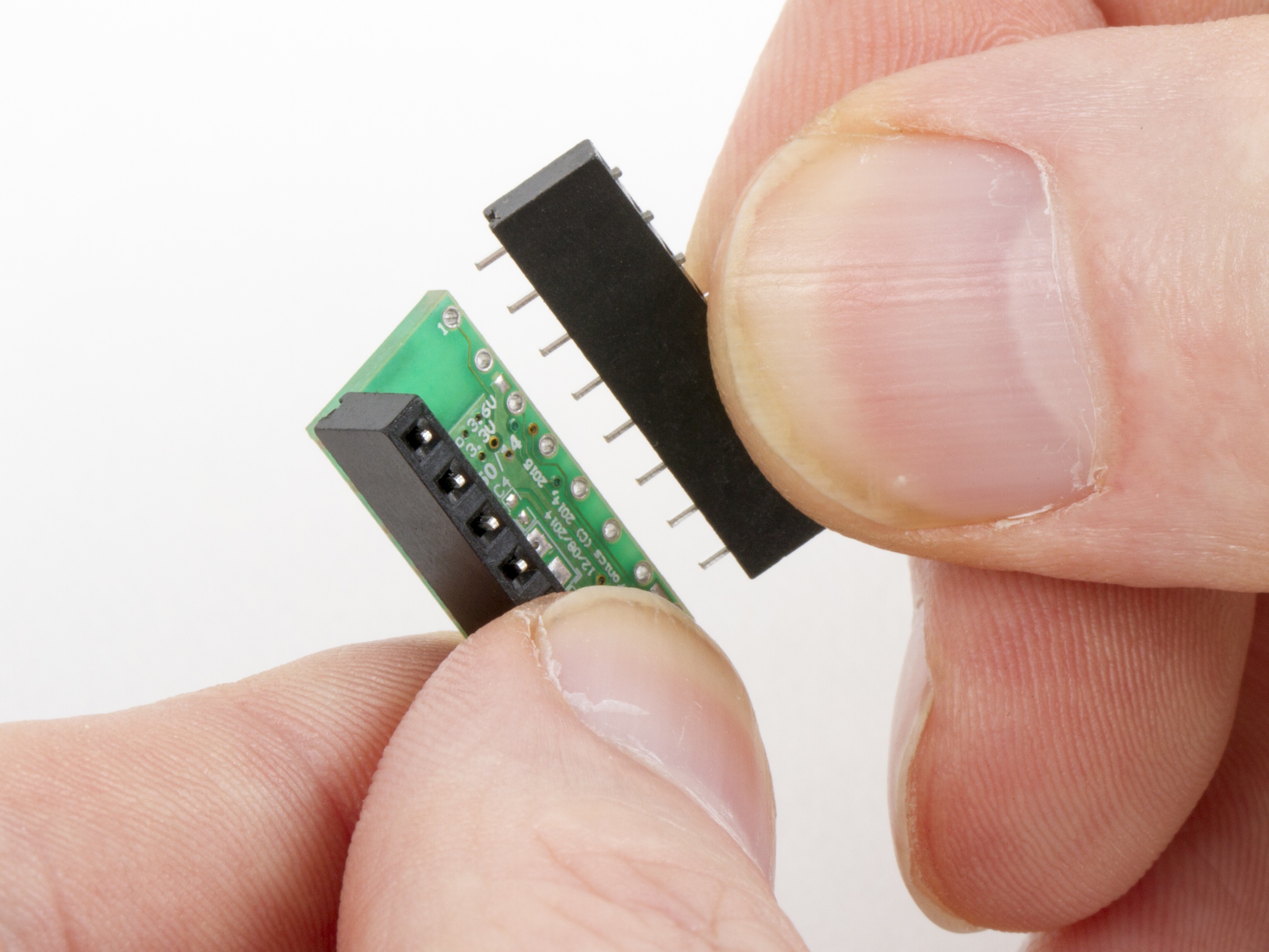
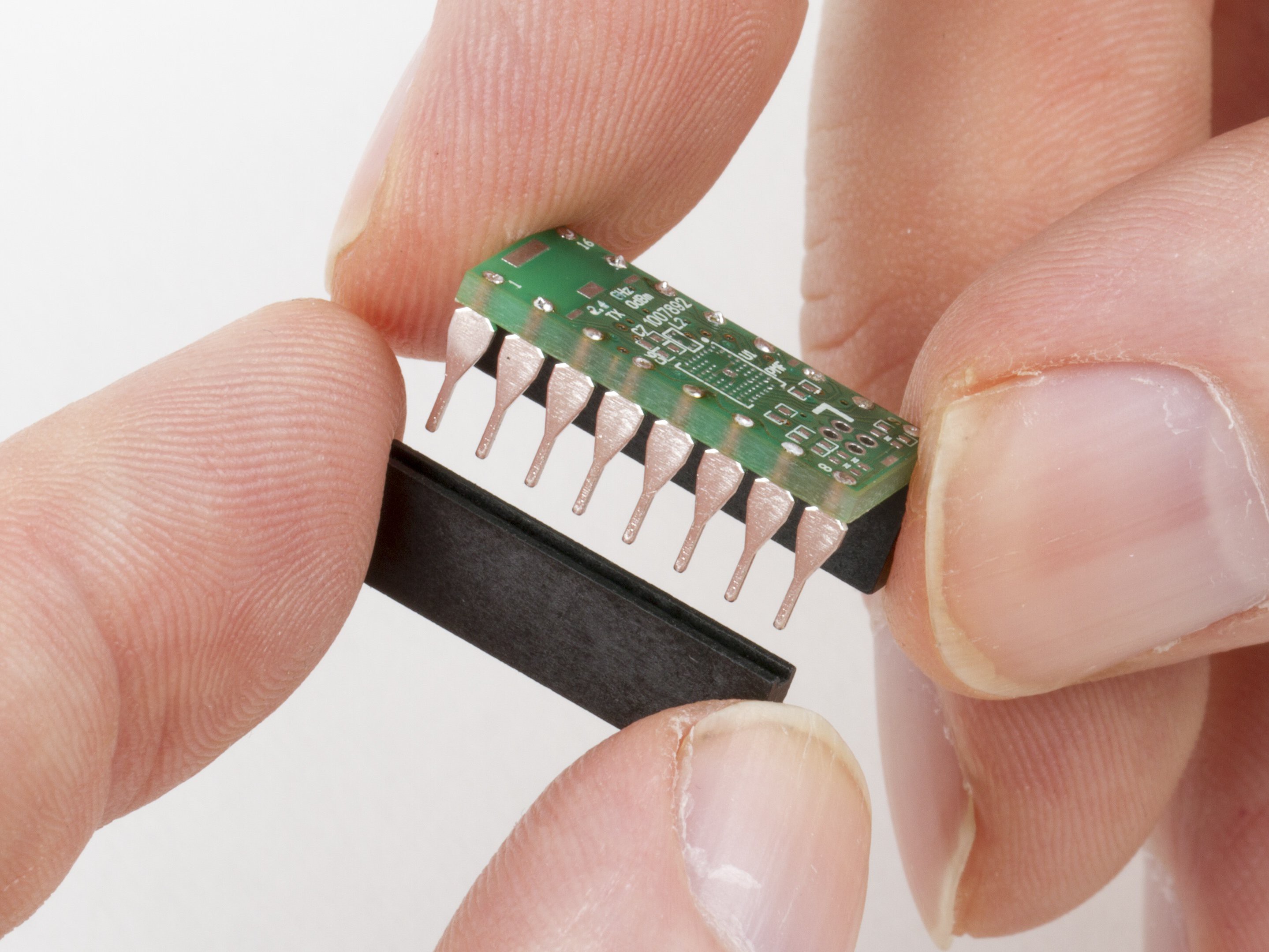

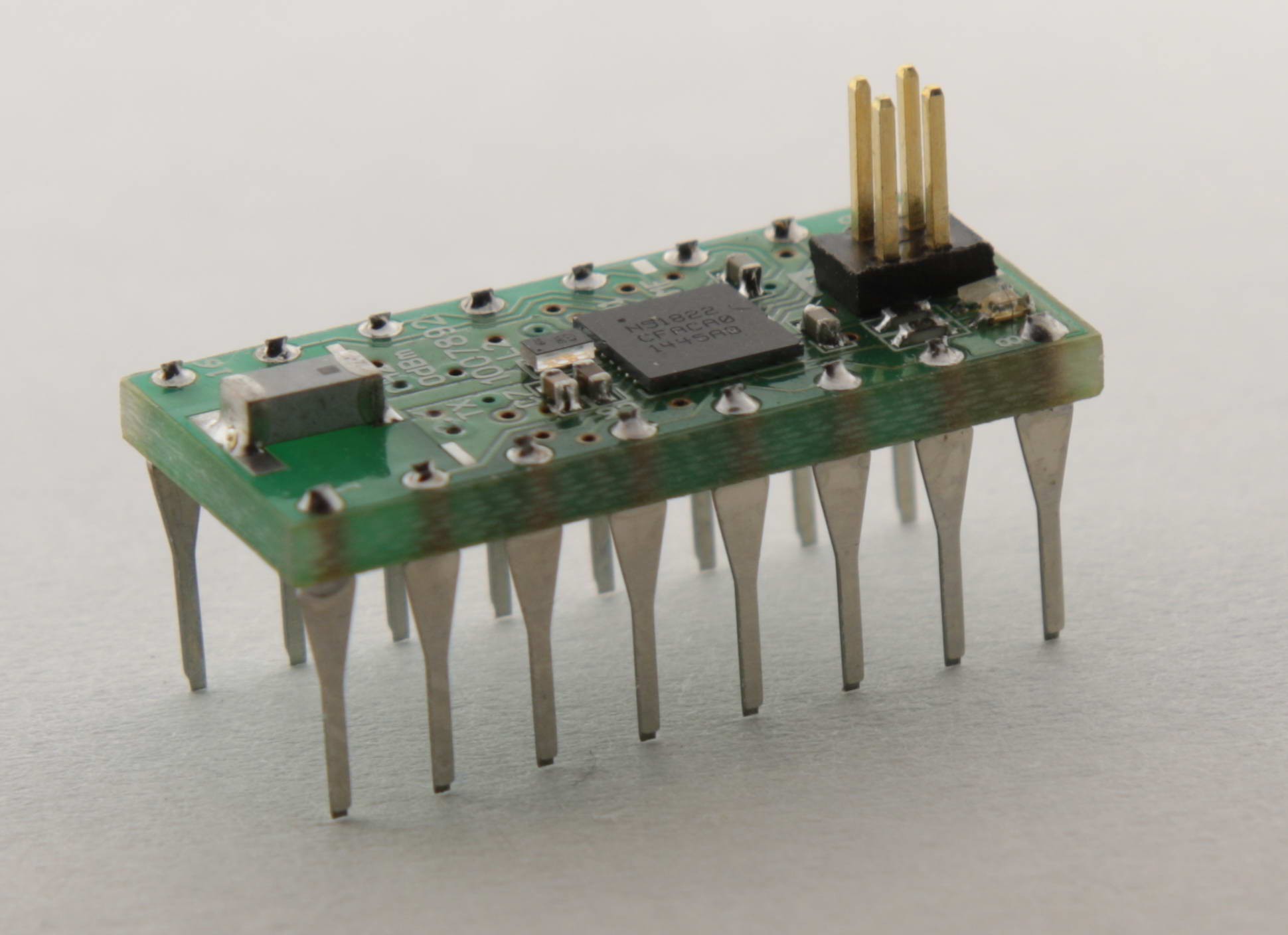
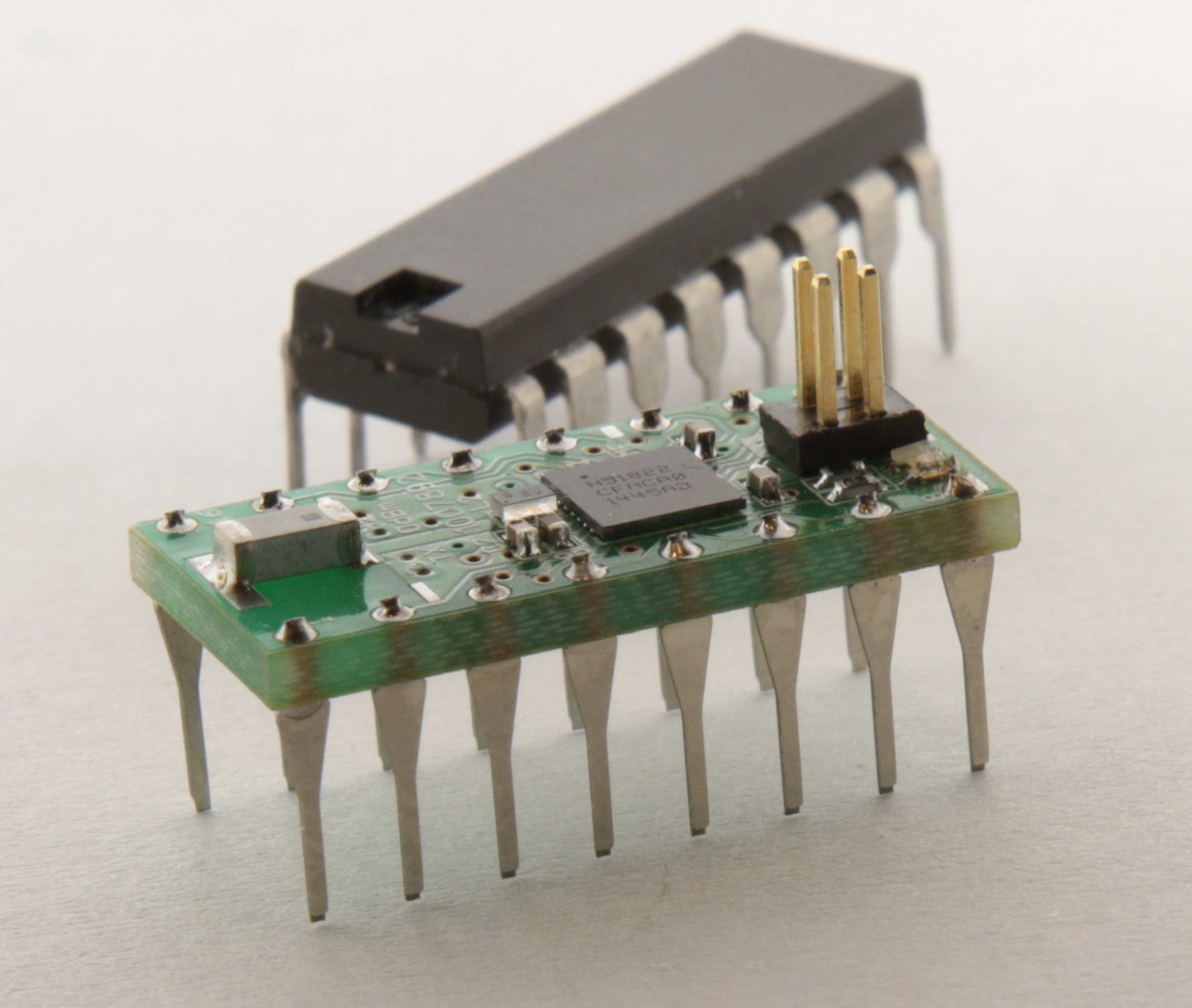
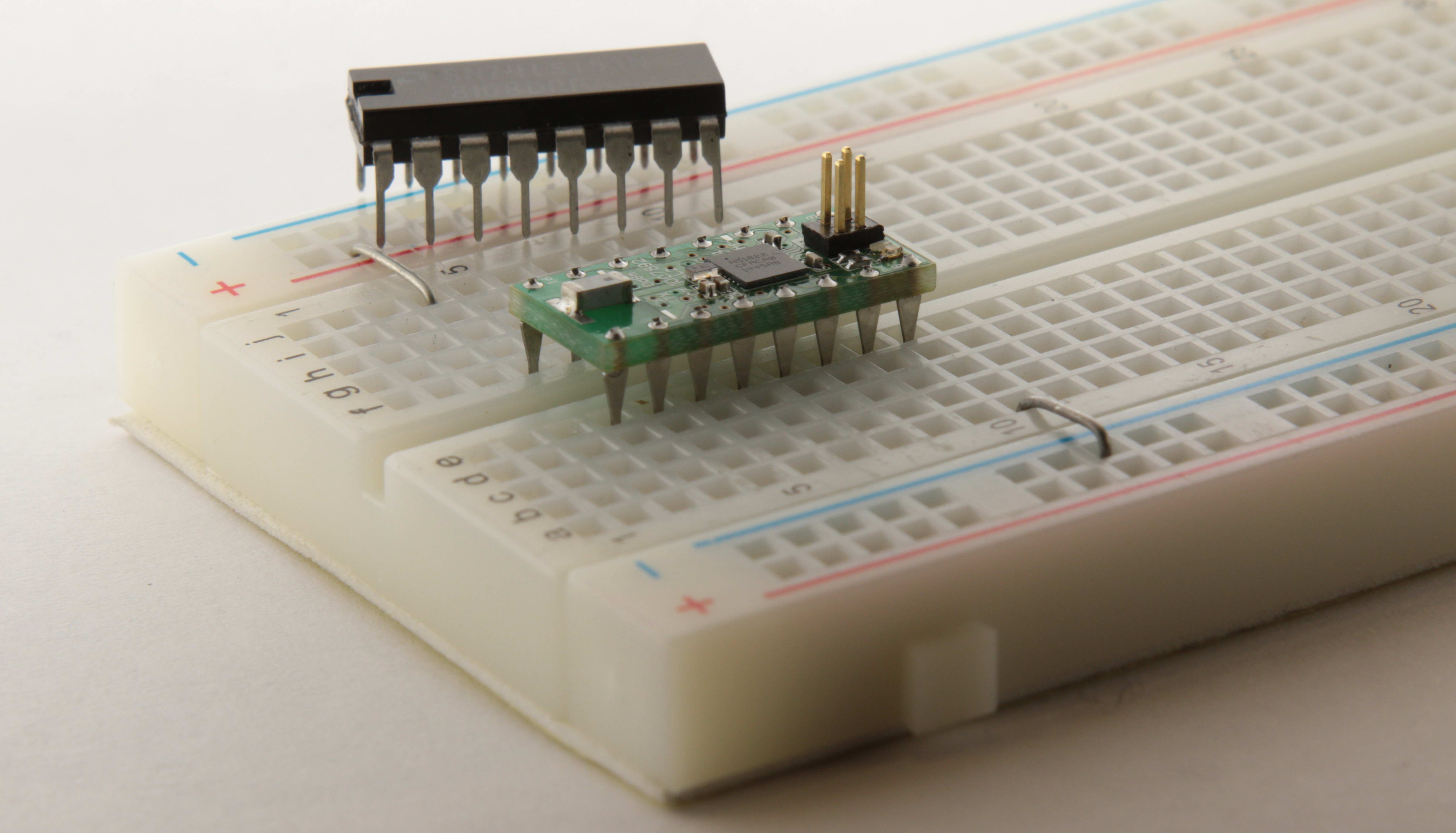
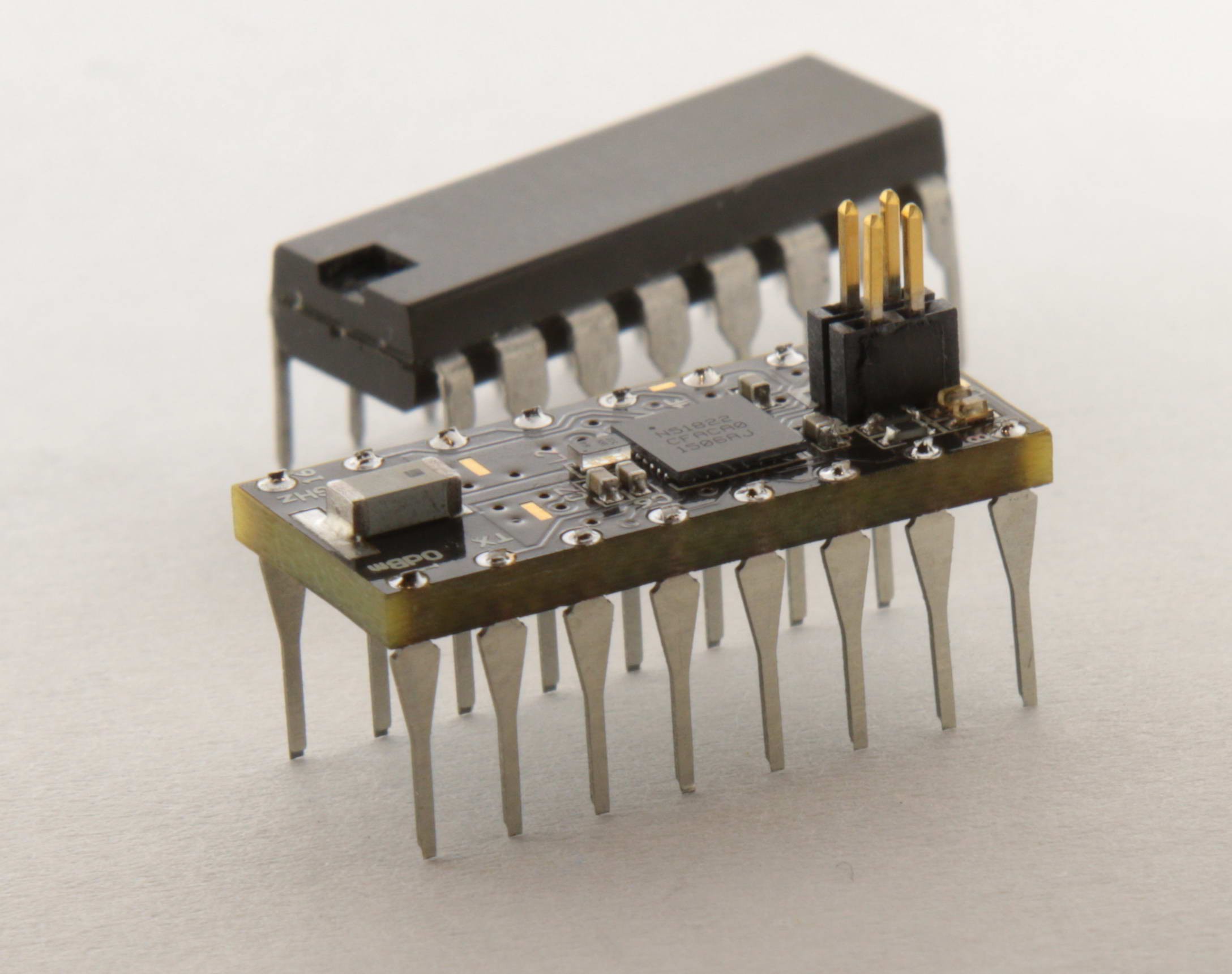
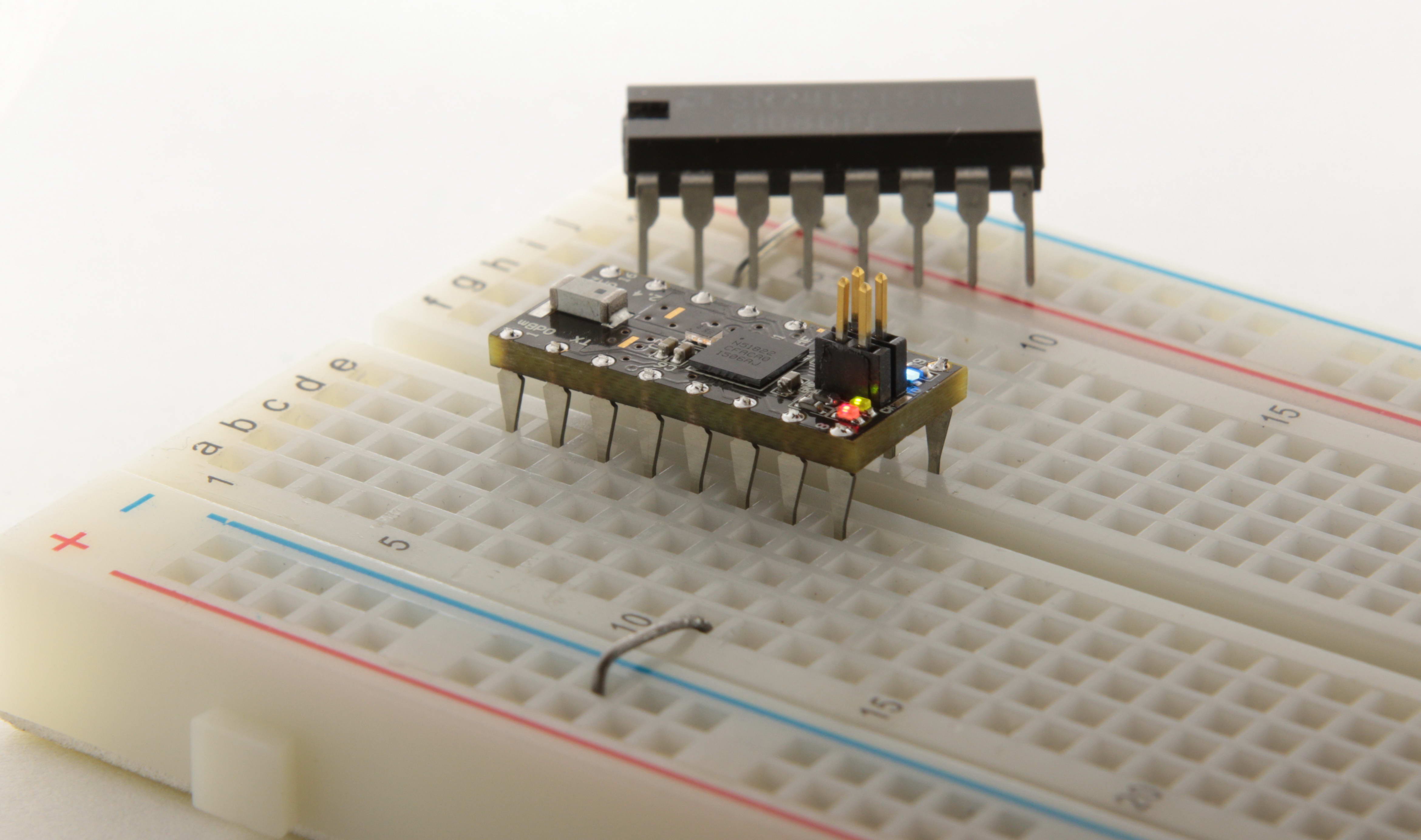
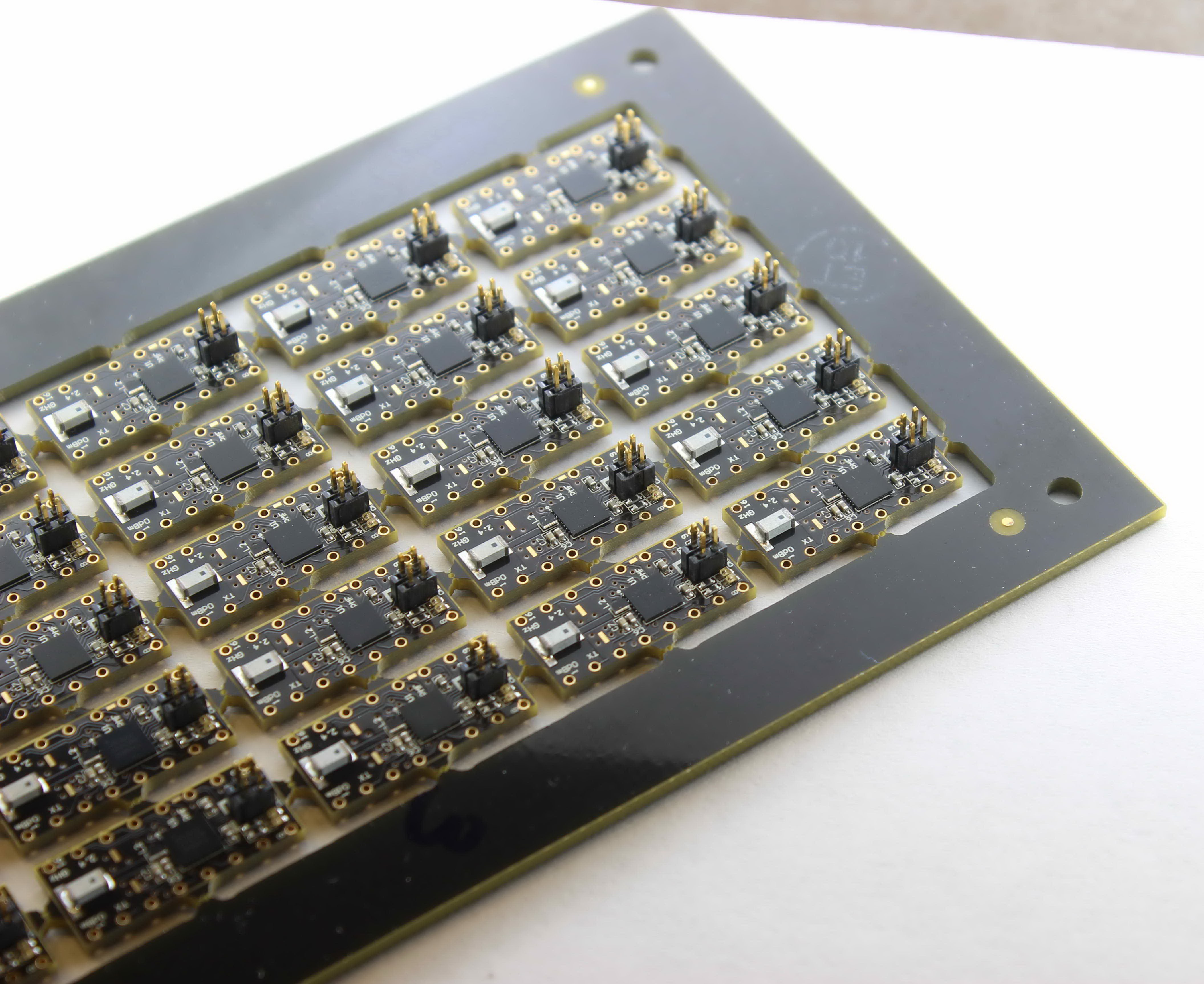
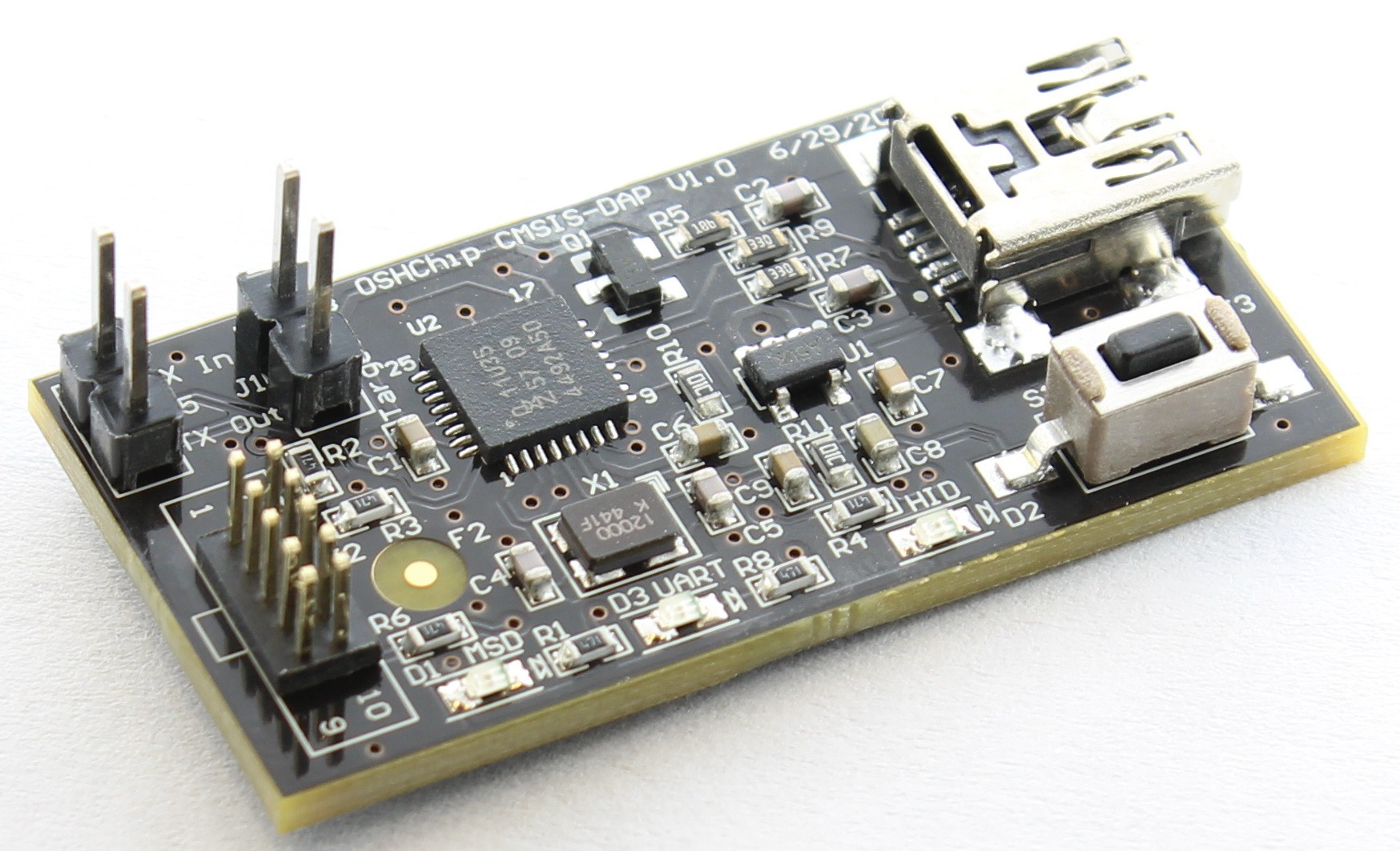















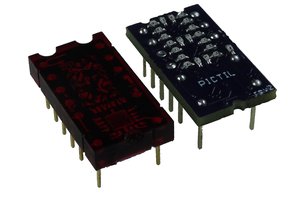
 Alex
Alex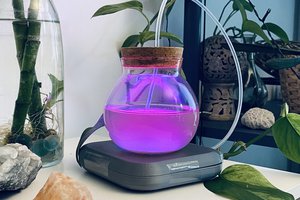
 Keenan Pinto
Keenan Pinto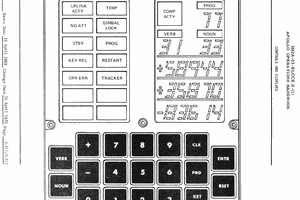
 Viva Penguinos
Viva Penguinos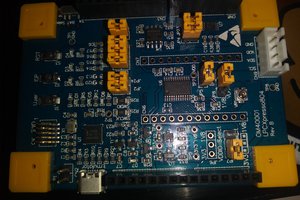
 Ian Shannon Weber
Ian Shannon Weber
do you sell the pins? I can't seem to find anything like them.